Anne and I first visited the Botanical Garden in Funchal on our honeymoon, nine years ago. It was March and very wet. I have photos, somewhere, of us: drenched, but still smiling.
Each time we return to Madeira, we make a point of taking the cable car and visiting either the Tropical Garden or, via a second cable car, the Botanical Garden.
This trip, in May, sunny and dry, it was the turn of the Botanical Garden again.
Travelling by cable car
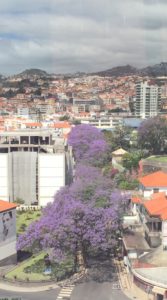 You can take a taxi, or go by bus, but the best way to travel to the Botanical Garden is via the cable car.
You can take a taxi, or go by bus, but the best way to travel to the Botanical Garden is via the cable car.
The views from the cable car are spectacular, and I start taking photos straight away.
These are jacaranda mimosifolia trees – with the most beautiful purple flowers. They are to be seen a lot along the roadside in Funchal and elsewhere on the island.
In the Botanical Garden
Opened in 1960, the 20-acre site now known as Jardim Botânico da Madeira was previously part of an estate belonging to the family of William Reid, founder of the famous Reid’s hotel, where you can have afternoon tea in return for an arm and a leg!
Set on a steep hillside, the paths zigzag through various collections: Madeiran indigenous and endemic species, and arboretum, succulents, topiary, medicinal and aromatic plants, and palm trees of all shapes and sizes.
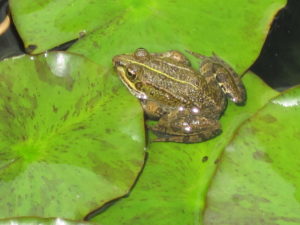 Arriving by cable car, we made our first port of call about half way down, at the cafe. Set alongside ornamental ponds boasting hundreds of lily pads, we enjoyed a romantic snack, looking out across Funchal beneath us to the sea beyond, accompanied by the mating calls of frogs.
Arriving by cable car, we made our first port of call about half way down, at the cafe. Set alongside ornamental ponds boasting hundreds of lily pads, we enjoyed a romantic snack, looking out across Funchal beneath us to the sea beyond, accompanied by the mating calls of frogs.
Suitably refreshed, we then set off to explore the gardens beneath us, starting with the indigenous and endemic species: a mass of brightly coloured flowers.
Slowly, we made our way down to the very bottom, taking photos of everything and anything we saw.
Madeiran indigenous and endemic species
Below the ornamental garden (the featured image above), there are these stunning ornamental grasses, swaying gently in the breeze.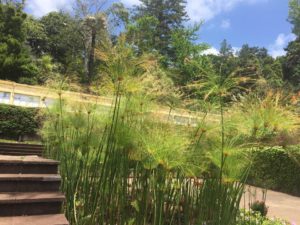
Behind them you can see the greenhouses.
The cacti
Clearly the Madeira climate suits cacti. They grow to an enormous height.
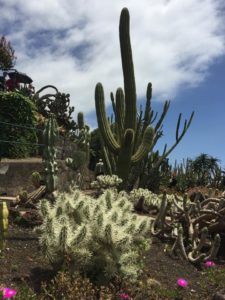
The topiary
Who has the time for this artistry? Answer: the team of gardeners at the Botanical Garden!
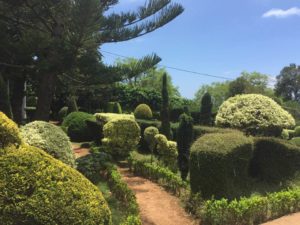
The palms
In Madeira, we are staying at Pestana Palms, one of the group of Pestana hotels. The gardens are naturally full of palms … but, in the Botanical Garden, they are huge.
This photo includes me, seated on a hot stone bench, simply to demonstrate the size of the palm beside me.
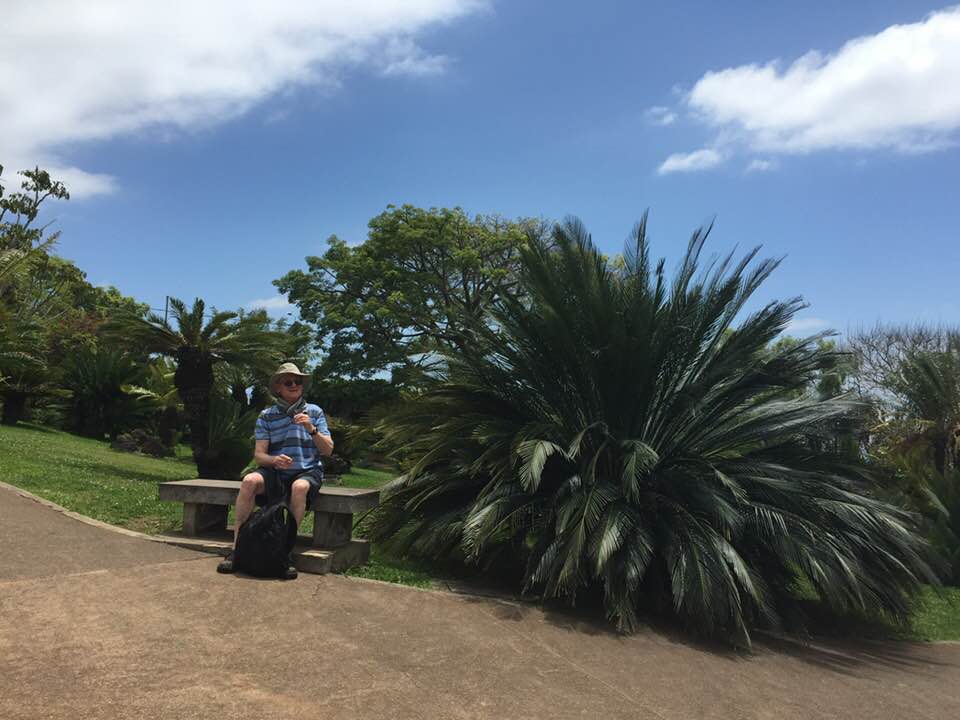
We then trekked all the way up to the top of the gardens again. Caught the first cable car for our journey back home, walked uphill to the next cable car station … Hard work, but worth it …
PS The gardens also include a bird park (the Louro Bird Park) and a three-room Natural History Museum – neither of which we managed to visit this time.
Back at our apartment: painting
I’ve never painted a frog before, and probably never will again. but, it was fun to try!
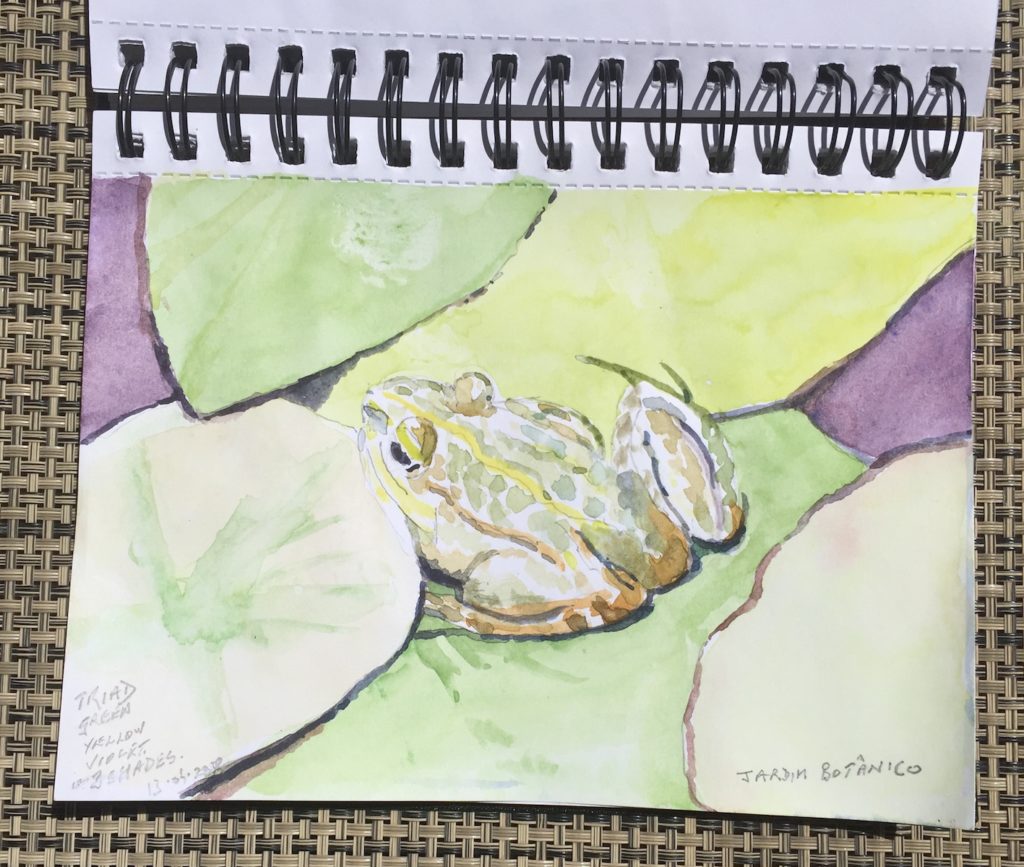
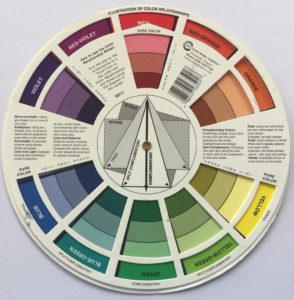 Now, if you compare my sketch with the photo above, you’ll see that I’ve used artistic licence in my choice of greens. Indeed, one of the lily pads is more yellow than green.
Now, if you compare my sketch with the photo above, you’ll see that I’ve used artistic licence in my choice of greens. Indeed, one of the lily pads is more yellow than green.
Also, where there was shade, I’ve used violet. Why? Violet is the appropriate colour to use opposite yellow, according to the colour wheel.
And, I’ve used both yellow and violet on the frog’s back.
This post is one of my POSTCARD series, sharing all things ART with you when I go travelling.
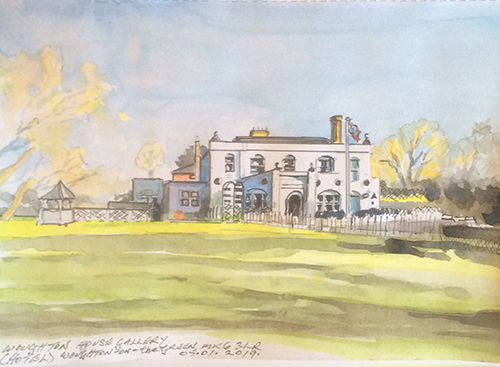
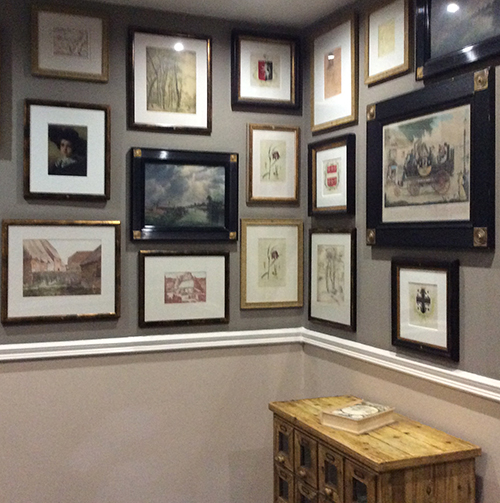
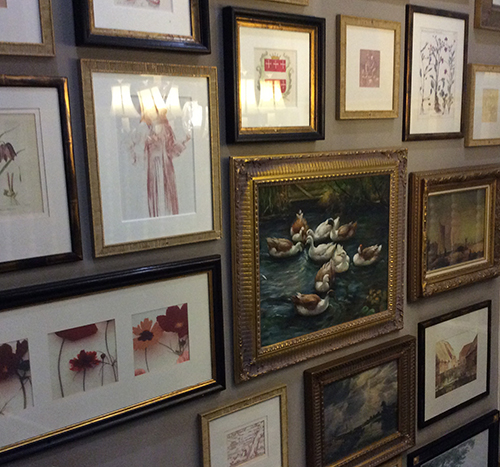
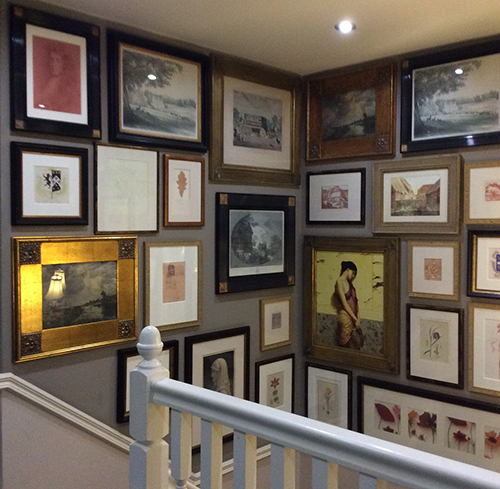
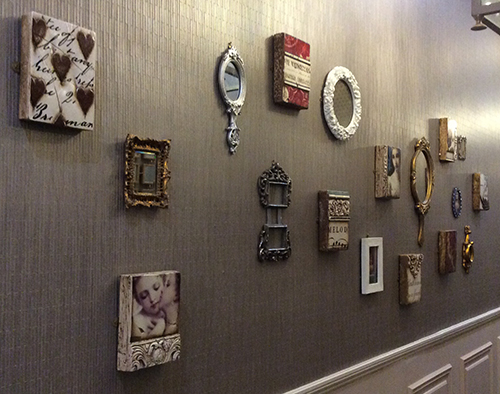
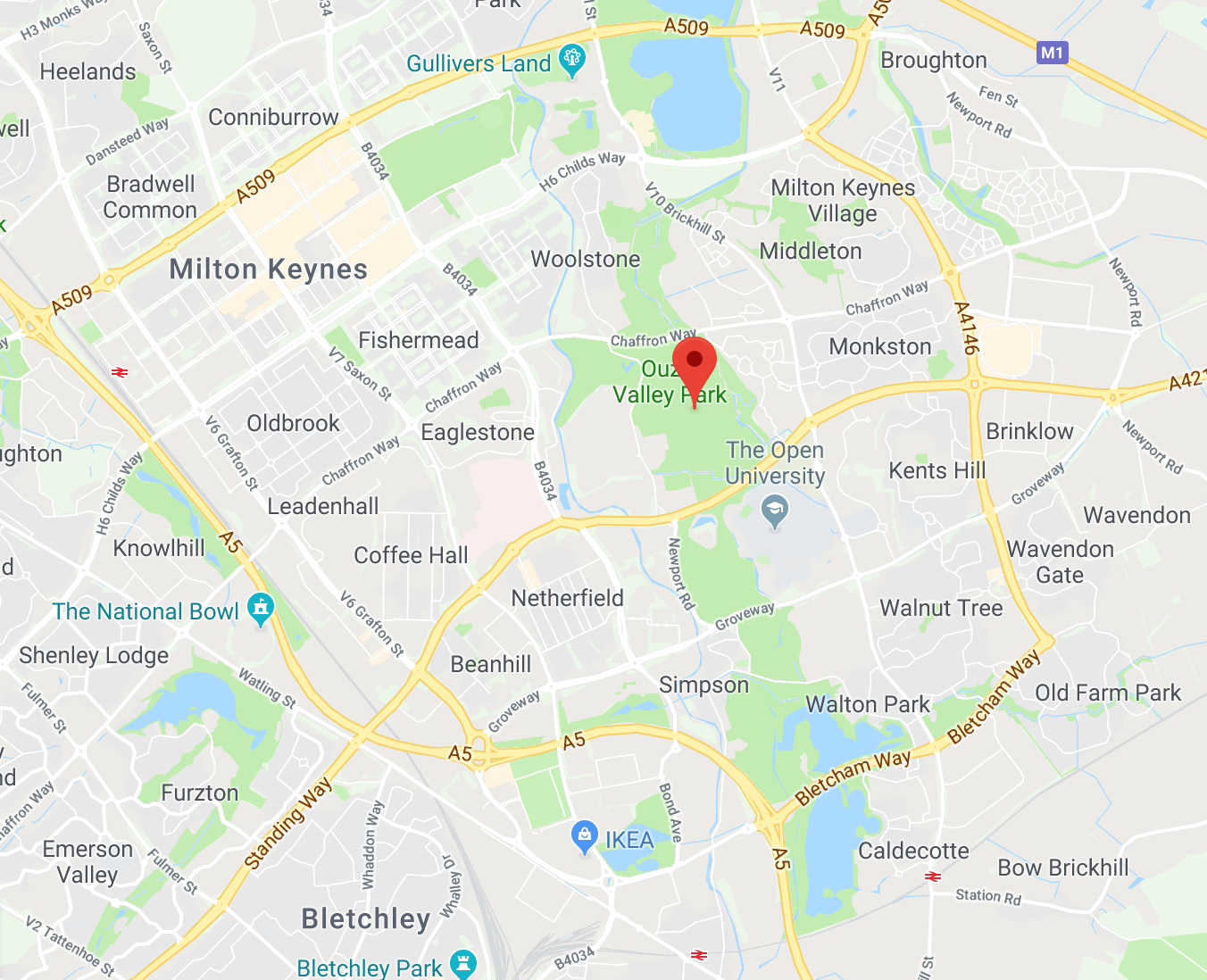


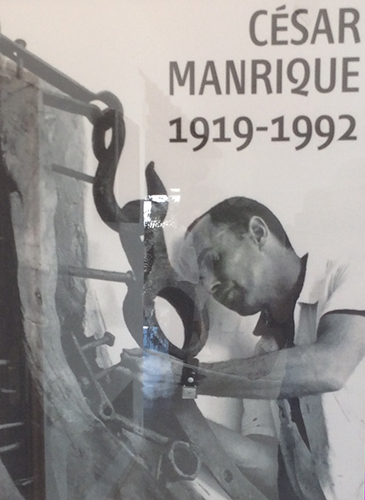
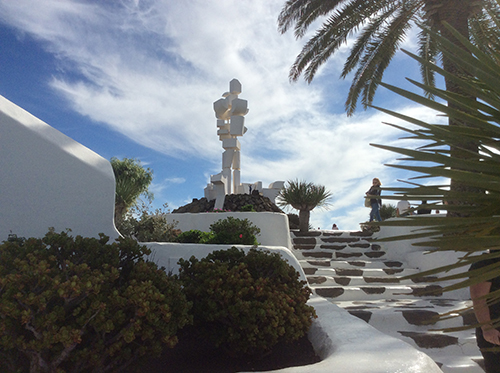
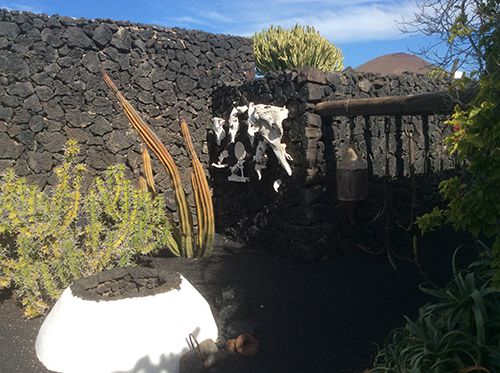
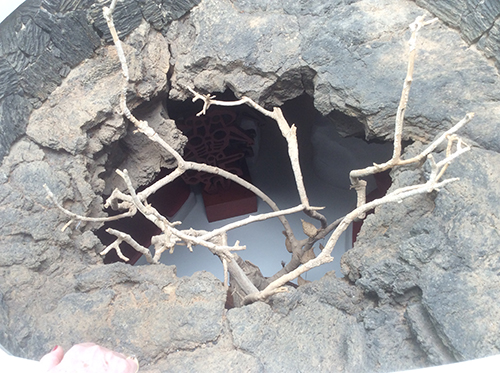
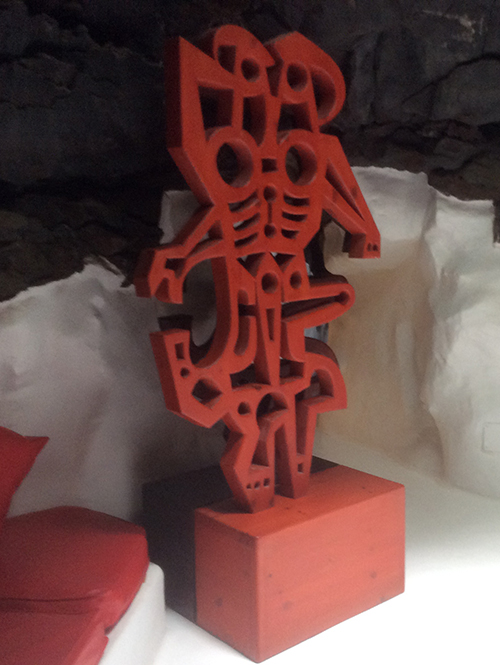
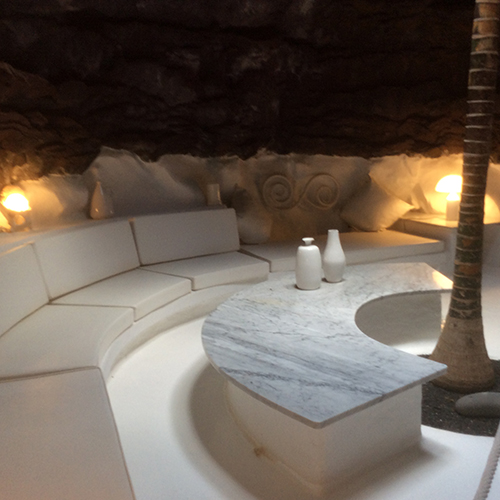
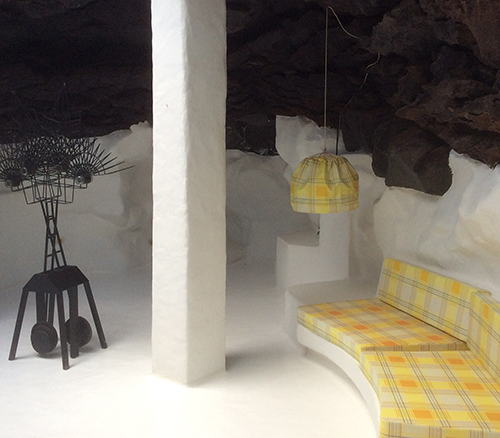
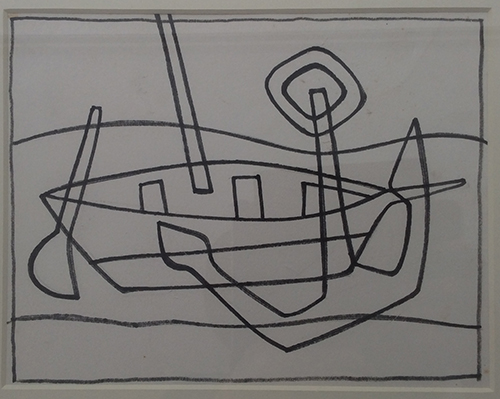
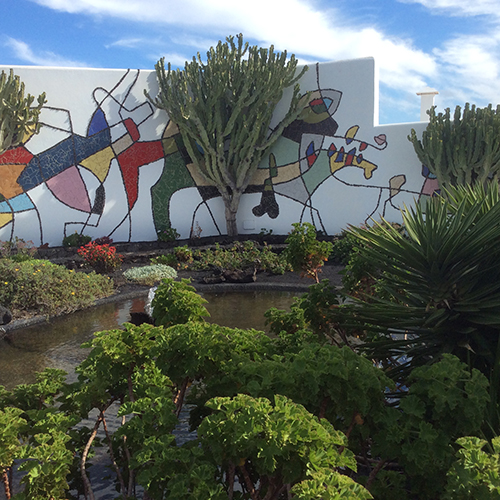
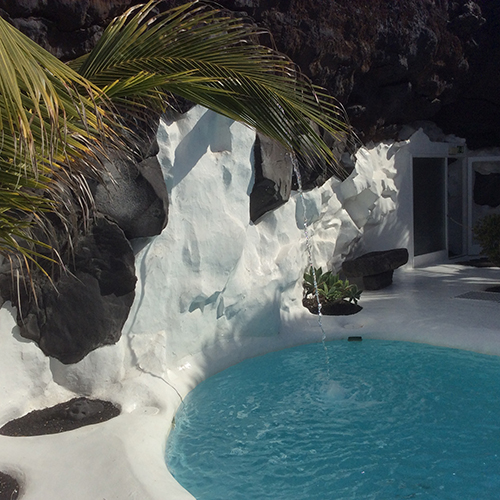
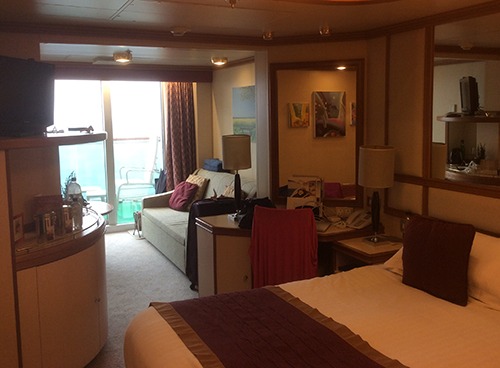

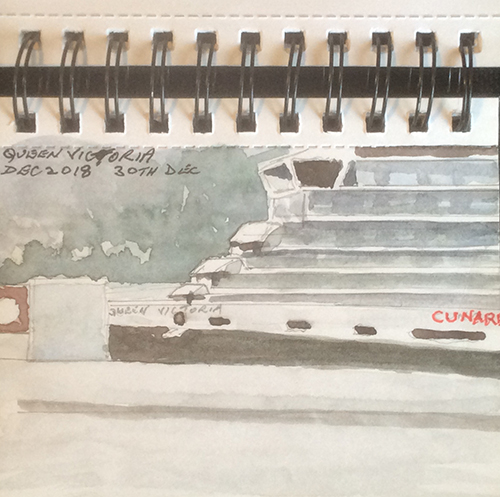
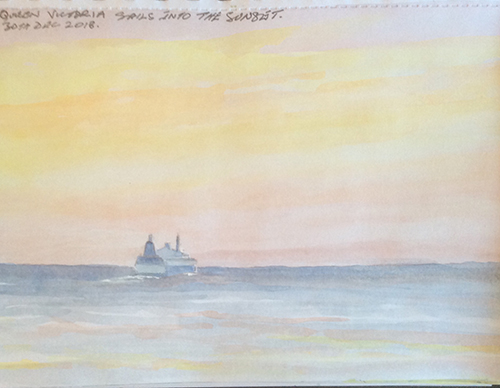
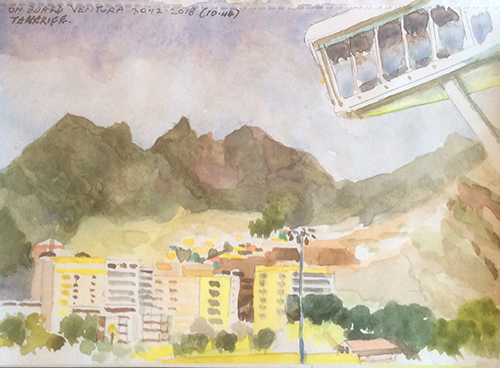
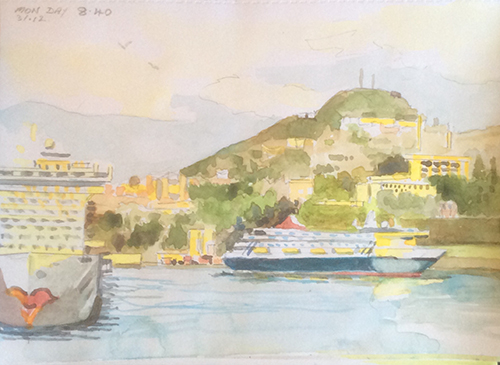
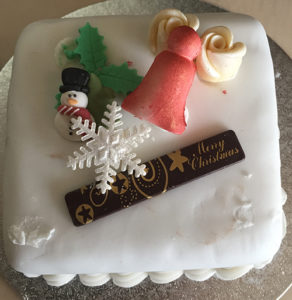 As if that wasn’t enough, we would return to our cabin to find gifts on an almost daily basis.
As if that wasn’t enough, we would return to our cabin to find gifts on an almost daily basis.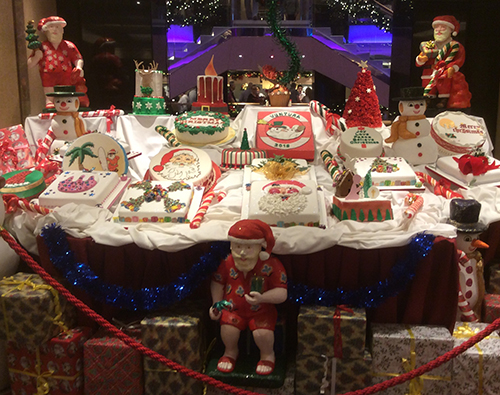
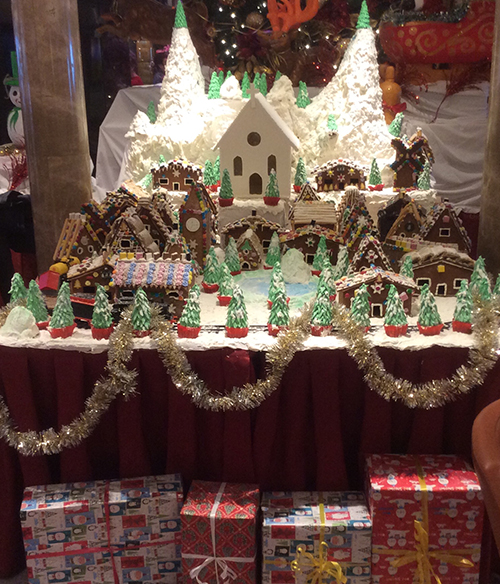
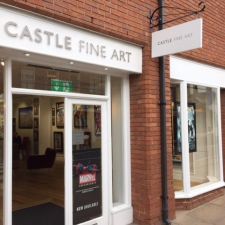
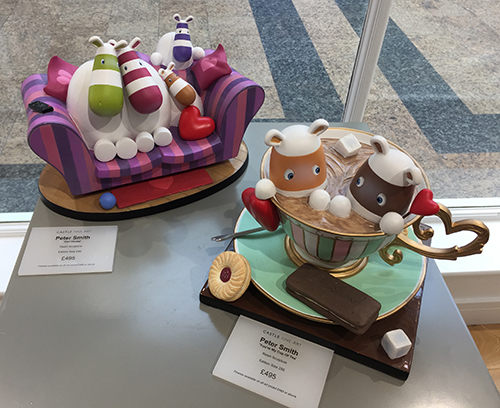
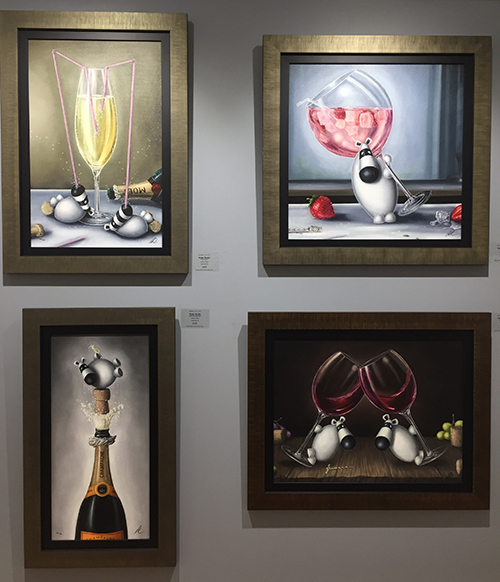
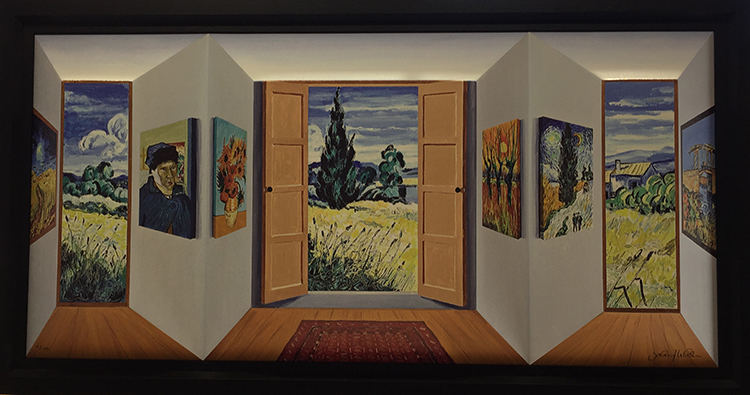
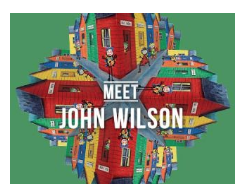
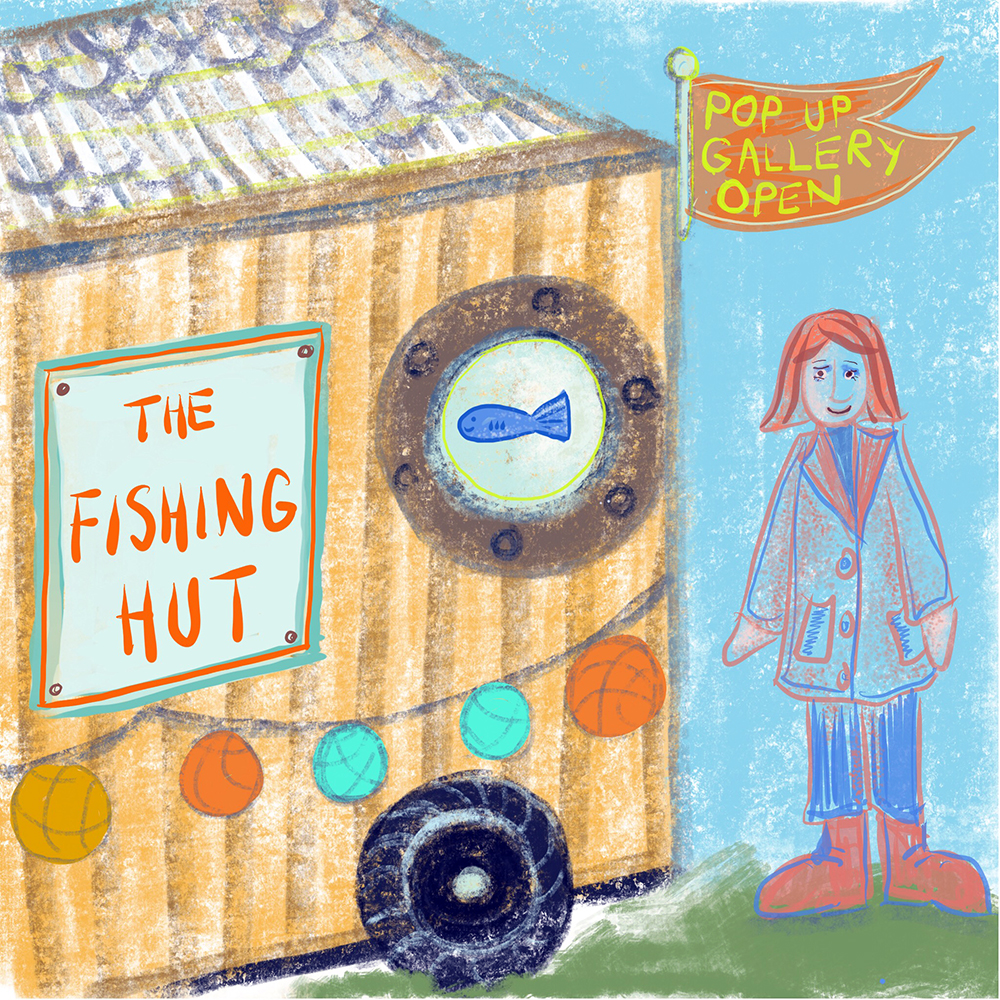
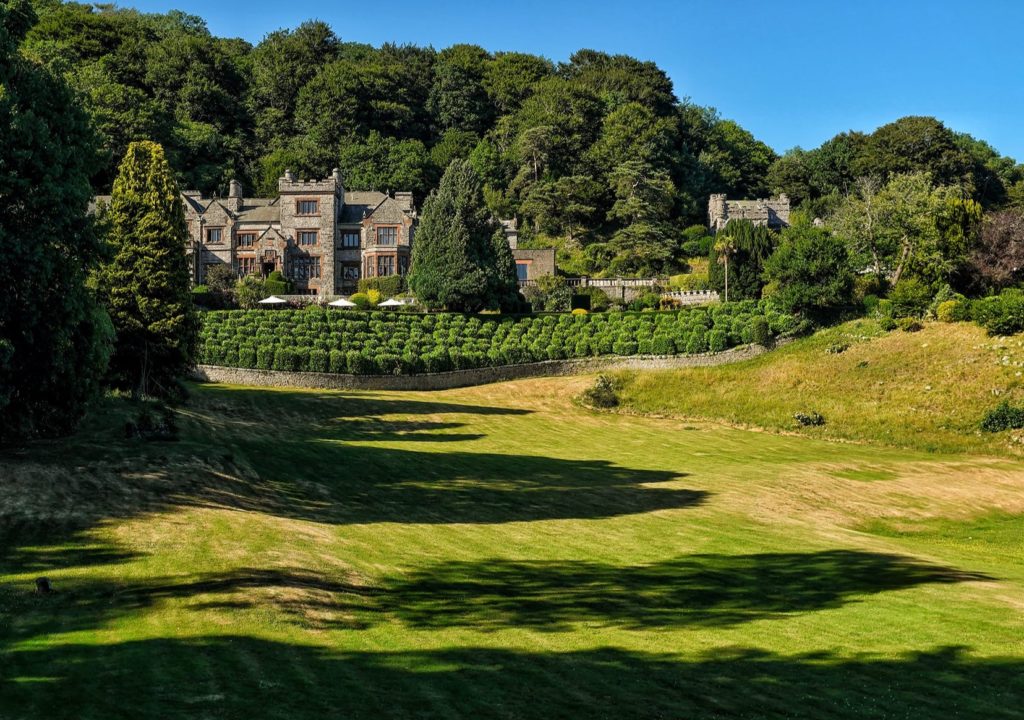
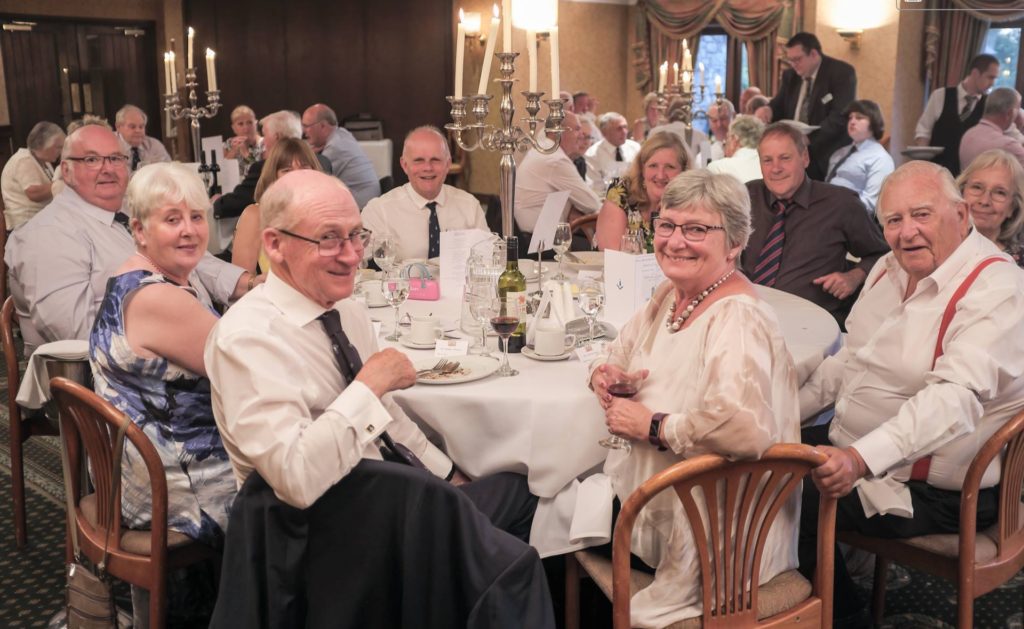
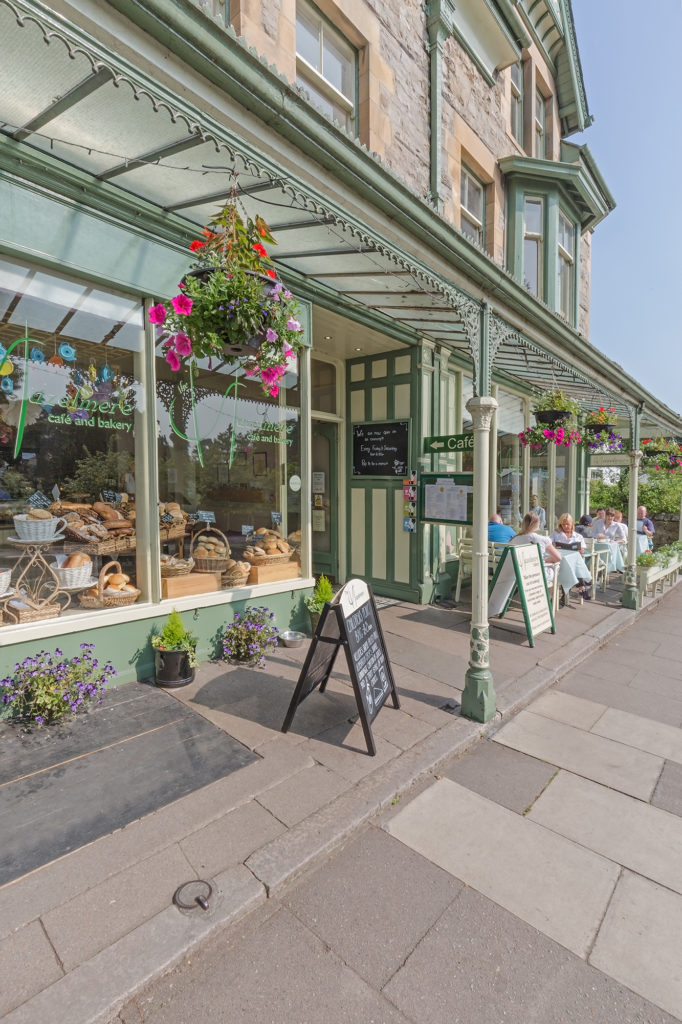
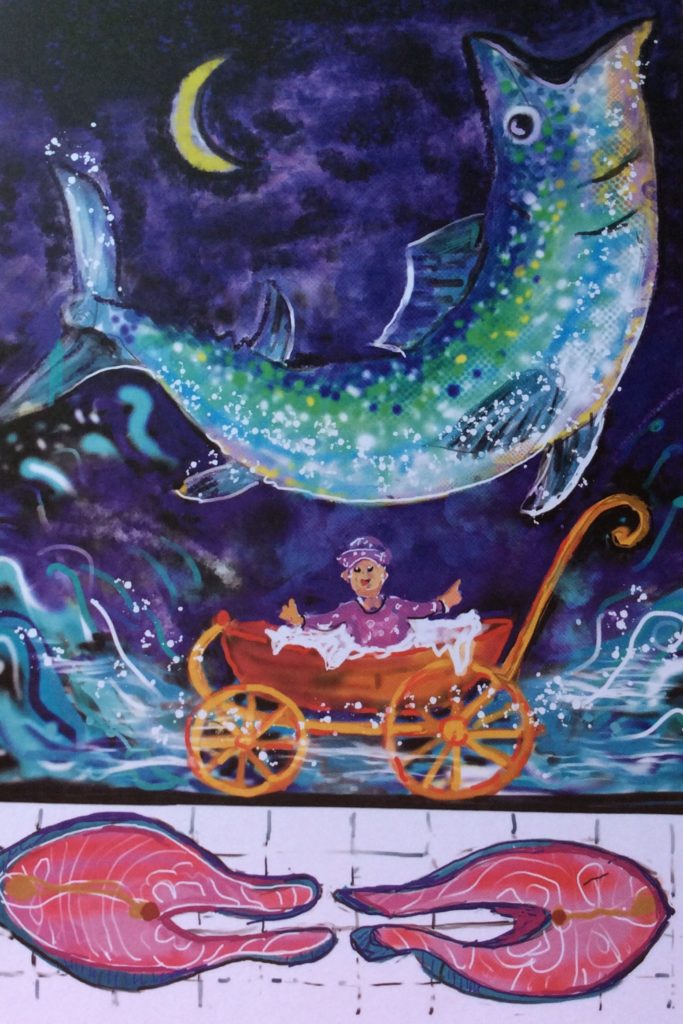 Hannah explained the history of the Fishing Hut, and its purpose and we came away – cooler and wiser – with some treasures:
Hannah explained the history of the Fishing Hut, and its purpose and we came away – cooler and wiser – with some treasures: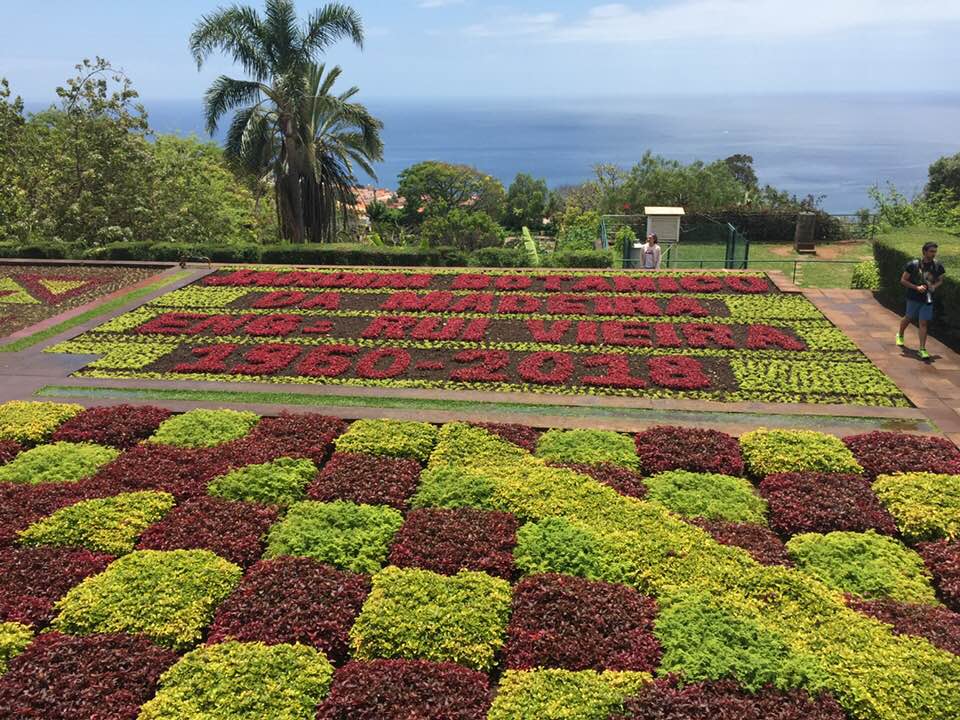
 You can take a taxi, or go by bus, but the best way to travel to the Botanical Garden is via the cable car.
You can take a taxi, or go by bus, but the best way to travel to the Botanical Garden is via the cable car. Arriving by cable car, we made our first port of call about half way down, at the cafe. Set alongside ornamental ponds boasting hundreds of lily pads, we enjoyed a romantic snack, looking out across Funchal beneath us to the sea beyond, accompanied by the mating calls of frogs.
Arriving by cable car, we made our first port of call about half way down, at the cafe. Set alongside ornamental ponds boasting hundreds of lily pads, we enjoyed a romantic snack, looking out across Funchal beneath us to the sea beyond, accompanied by the mating calls of frogs.




 Now, if you compare my sketch with the photo above, you’ll see that I’ve used artistic licence in my choice of greens. Indeed, one of the lily pads is more yellow than green.
Now, if you compare my sketch with the photo above, you’ll see that I’ve used artistic licence in my choice of greens. Indeed, one of the lily pads is more yellow than green.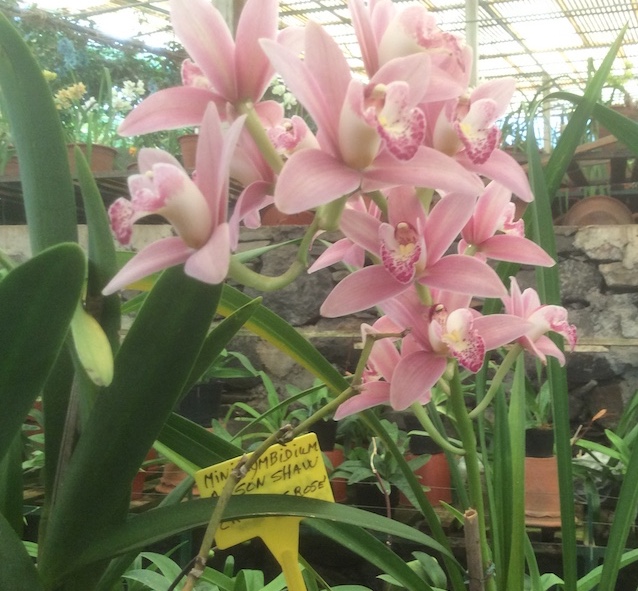
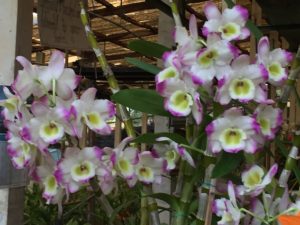 Orchids and chocolates?
Orchids and chocolates?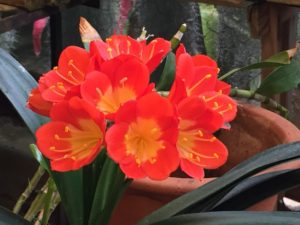 uinta da Boa Vista
uinta da Boa Vista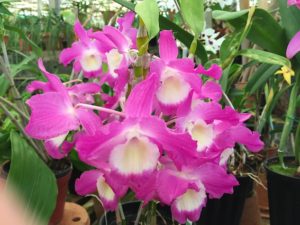 And tiny blooms with an intense scent …
And tiny blooms with an intense scent …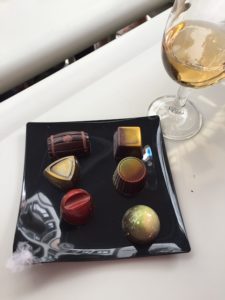 he next stop on our excursion was into the centre of Funchal, to Rua da Queimada de Baixo, nº 11 where the chocolatier UauCacau have a coffee shop and display their colourful chocolate selection.
he next stop on our excursion was into the centre of Funchal, to Rua da Queimada de Baixo, nº 11 where the chocolatier UauCacau have a coffee shop and display their colourful chocolate selection.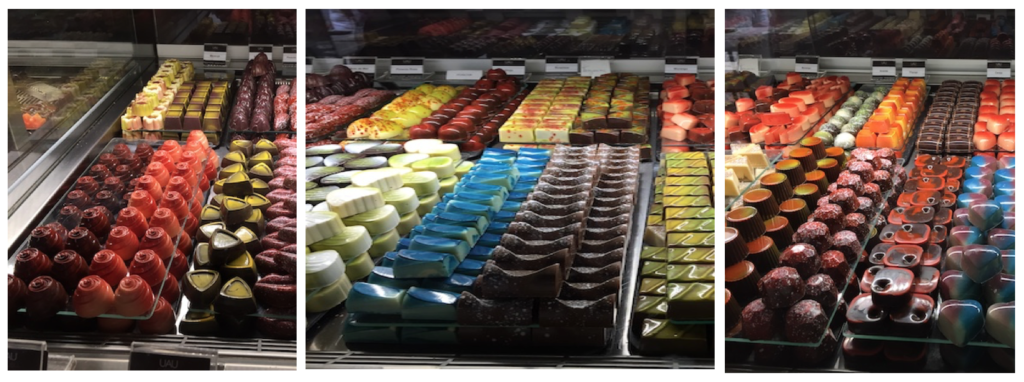 A work of art! We were hard pressed to choose 20 to take back to our apartment.
A work of art! We were hard pressed to choose 20 to take back to our apartment.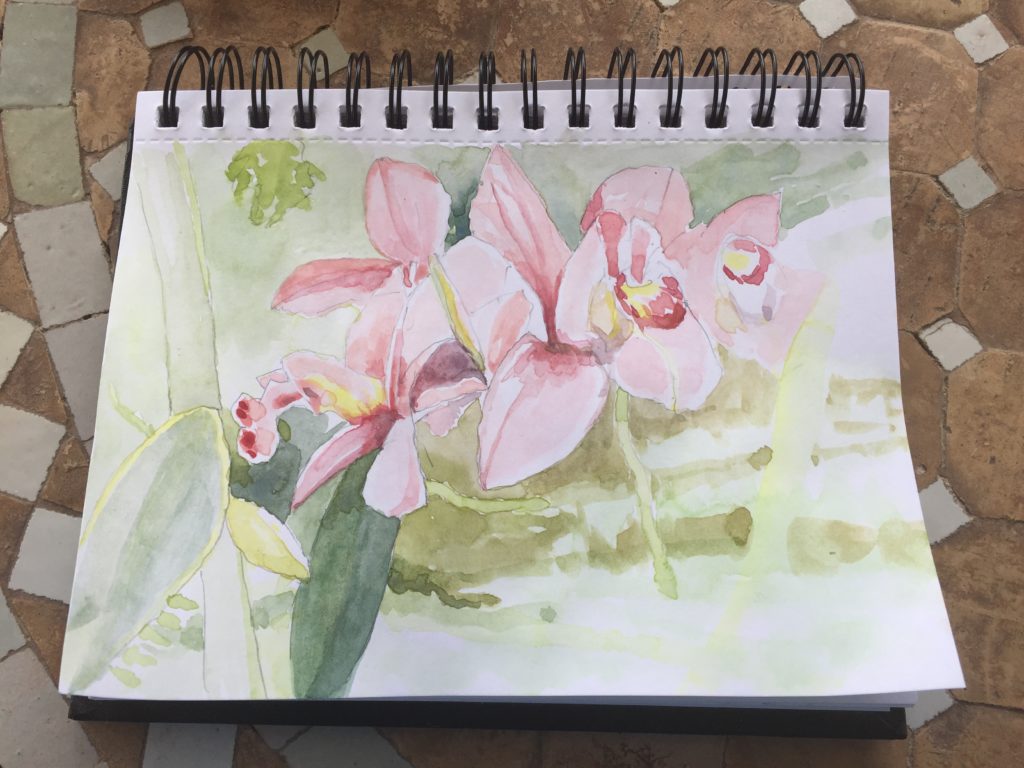


 In Madeira, there are many lavada walks. These are paths that run alongside the network of waterways – narrow channels – that carry water from the mountains down to the coast.
In Madeira, there are many lavada walks. These are paths that run alongside the network of waterways – narrow channels – that carry water from the mountains down to the coast.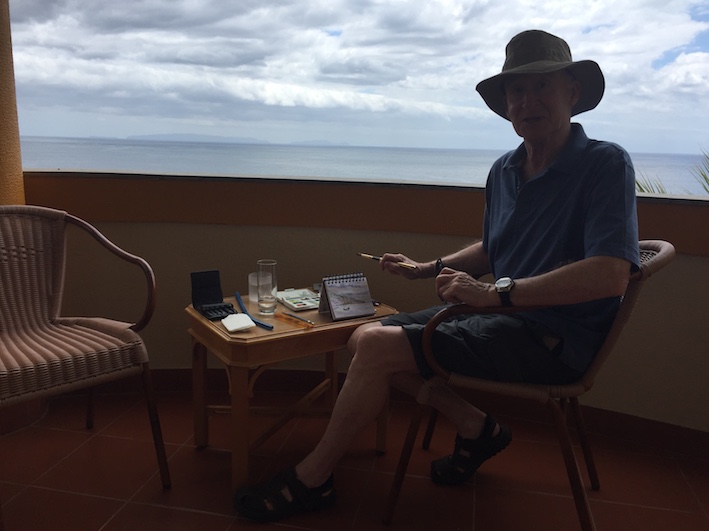
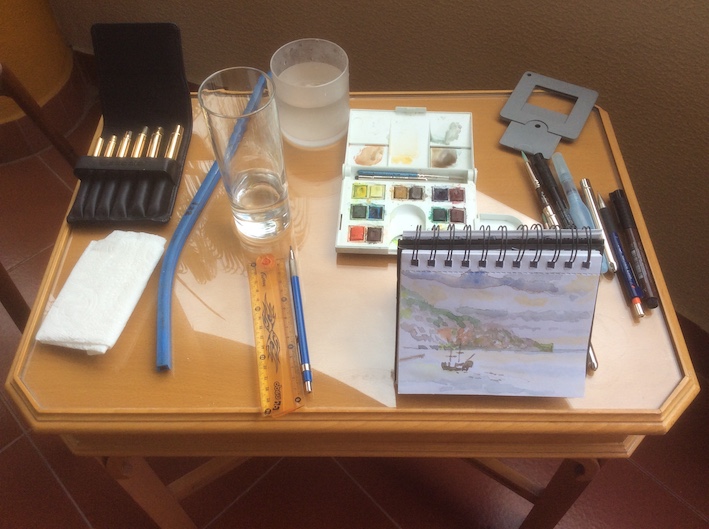

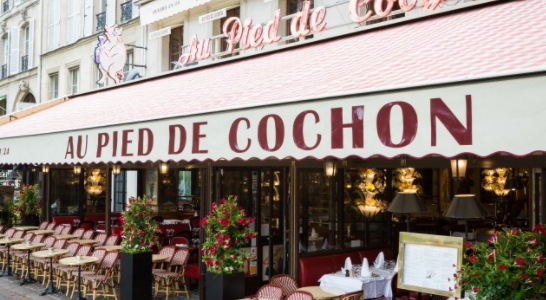
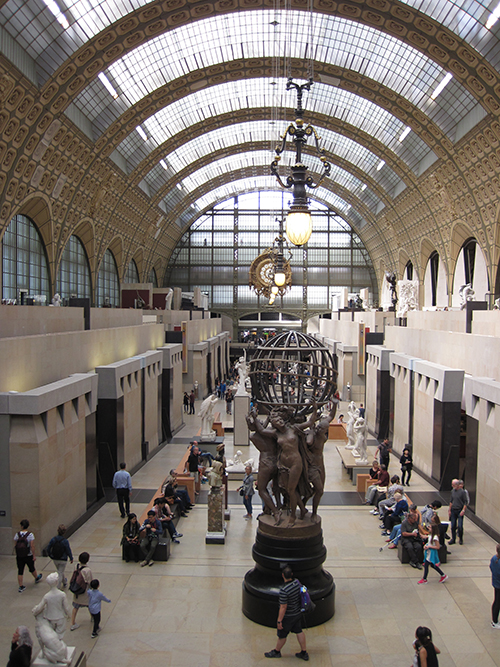
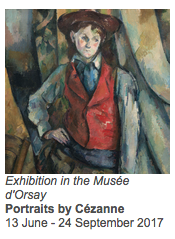 I have attended many Impressionist exhibitions in London but none compare with the one on at the Musée d’Orsay at the moment.
I have attended many Impressionist exhibitions in London but none compare with the one on at the Musée d’Orsay at the moment.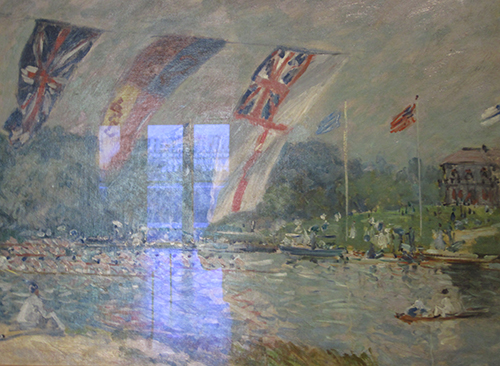 One exhibit, I had never seen before, by Sisley, was Les Régates à Molesey (Boating at Molesey).
One exhibit, I had never seen before, by Sisley, was Les Régates à Molesey (Boating at Molesey).